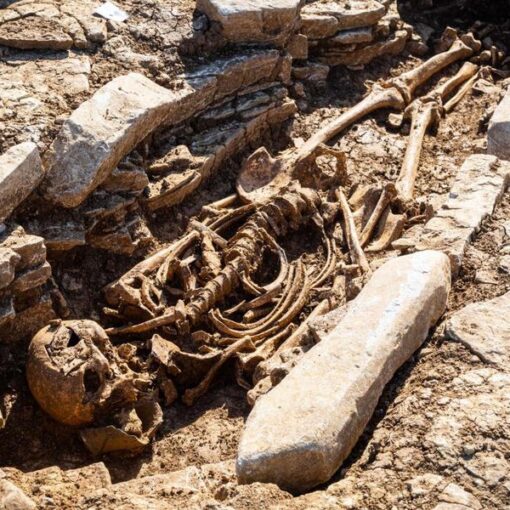A new study, carried out by acoustics engineers from the University of Salford in Greater Manchester suggests that Stonehenge was built to amplify sound.
In the first modelling of Stonehenge of its kind, the University of Salford’s Acoustics Research Centre constructed and tested a 1:12 acoustic scale model of the monument, to determine how sound would have been altered by all of the original 157 stones in 2200 BC. With rituals usually involving sound, an understanding of the acoustics at prehistoric Stonehenge can help inform our archaeological understanding of the site and its possible uses.
Results from the study quantified how reflections from the stones enhanced musical sounds and speech, making projecting the voice easier. The results suggest that any sounds created within the stone circle were intended for others within the same relatively intimate setting, rather than to be broadcast more widely to those outside, whose view into the stone circle would also have been obscured. This evidence once again emphasises the contradiction between the large numbers of people required to transport the stones and construct the monument, with the small number of people able or allowed to fully take part in, and witness, activities within the stone circle.
Professor Trevor Cox, University of Salford, who is leading the project commented, “Constructing and testing the model was very time consuming, a labour of love, but it has given the most accurate insight into the prehistoric acoustics to date. With so many stones missing or displaced, the modern acoustic of Stonehenge is very different to that in prehistory.”
The acoustic scale model was based on a CAD model from Historic England. This used the Stonehenge laser scan data from Historic England and the latest archaeological research to create the shape and position of the stones. The academics constructed the acoustic models by using a mixture of 3D printing and specialised moulding.
More information: https://www.sciencedirect.com/science/article/pii/S0305440320301394




